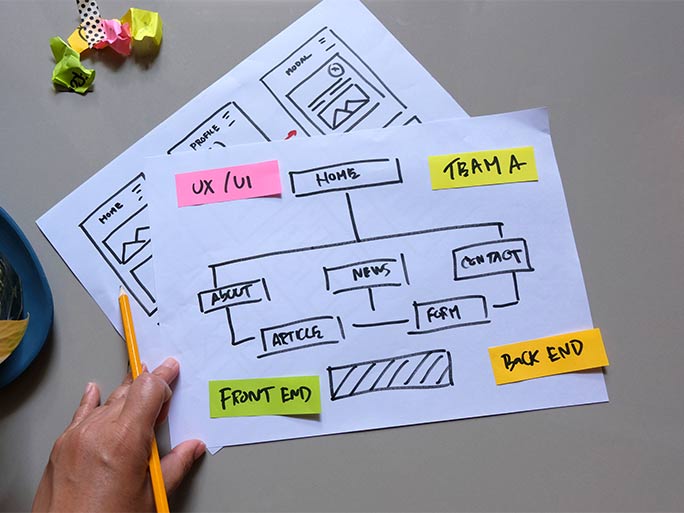4 Advantages of Apps Developed with Microservices

atSistemas highlights the advantages of having a microservices architecture in the development of enterprise applications.
Monolithic software architecture was predominant until a few years ago, working with a single code and depending on a single technology stack. This architecture meant that any failure of functionality would affect the whole stack.
This gave rise to microservices, a structure based on different internal components that act as services with independent functionalities, but which communicate with each other through a defined and always accessible API. This structure has enabled the development of superapps or multicloud environments.
According to a report by Mordor Intelligence, the global market for microservices in the cloud will reach 2.7 billion dollars by 2026, and, according to IBM data, in 2021 81.5% of companies were already using this type of architecture, and 17.5% planned to do so in the future. For its part, atSistemas wanted to highlight some of the advantages of microservices architecture.
Advantages of apps developed with microservices
1 – Increased resilience
The independence of the modules provides resilience to the entire structure of the application because in case of failure in any of the software modules or having to perform some kind of maintenance, the rest of the application components will not be affected. In short, it eliminates the risk of data loss.
2 – Autonomy in the choice of technological tools
All team members working on the application development depend on a specific technological framework, which allows each team to work with its own tool without affecting the functioning of the application. So integration and compatibility of other technologies can be tested, making implementation easier and making it easier to go back to a previous version and fix bugs.
3 – Easier and more flexible scaling
With the ability to modify each microservice independently, development agility is much greater. This makes the introduction of improvements, features, or integration of other components to the application much easier and more flexible. In addition, the use and consumption of resources is more efficient and sustained, due to the fact that development is much more specific and tailored to each need.
4 – Agile development
The microservices architecture allows development teams to be smaller and more specialised, the work chain to be faster, more agile, and productive, and the development, implementation, and error correction time to be shortened. Therefore, the microservices structure makes it possible to meet customer needs in a more efficient way.
Ignacio Montero Jiménez, Head of the Architecture and Development Business Line at atSistemas, stated that “Thanks to microservices, we can optimise technology more than ever, adapt it much more specifically to the real problems of our customers and, at the same time, improve development processes, both in efficiency and effectiveness”.
To summarise, developing applications with microservices involves splitting an application into independent services, selecting a microservices platform, defining the communication between services, implementing the code for each service, and deploying and monitoring the services to ensure performance and scalability.